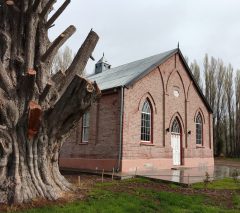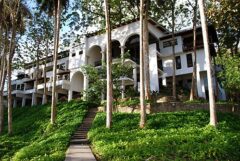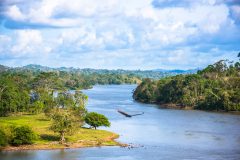Explore Patagonia’s Welsh heritage

Discover the legacy of the formidable Welsh community in Patagonia - teas, museums, choirs.
The huge, wild expanses of rough grasslands and desolate, arid hills inland from the Atlantic Ocean in Argentine Patagonia, along with a harsh climate, was enough to put off European immigrants in the early years of colonisation. But from mid 19th century onwards, hardy farmers from the UK, especially Wales, observed similarities with their homelands and moved into the valleys and plains to farm and to rear sheep.
Seeking religious freedom, the Welsh aimed not only to sustain themselves through agriculture but also to create a “little Wales beyond Wales” away from the pernicious influence of the English.
The Patagonian landscape here really does recall the Cambrian mountains; tree-sheltered-farmhouses; disused railways; chapels and cottages could have been transported wholesale from present-day Wales. For the Welsh visitor, a stay here is imbued with nostalgia, for the rest of us, it is a monument to courage and an enterprising spirit.
There is little remaining of Welsh culture in Puerto Madryn and Trelew, the pleasant main port and principal town of the region. But smaller settlements such as Trevelin have jealously preserved their Welsh heritage, taking pride in the determination of ancestors, with Welsh choirs, museums, cemeteries and, famously, Welsh teas, served in the picturesque village of Gaiman, which hosts an annual Eisteddford in October.
Holidays Explore Patagonia’s Welsh heritage
From expertly designed Private Journeys to trail-blazing Group Tours, browse our range of carefully crafted holidays.

Private Journeys
Argentina
Argentina Wildlife: Tropical wetlands and Patagonia
(based on two people sharing & excluding flights)

Private Journeys
Chile / Argentina
Patagonia cruise: Tierra del Fuego and Cape Horn
(based on two people sharing & excluding flights)
Papagaio
Your edit for Latin American inspiration
Our exciting range of articles on Latin America explore everything from iconic destinations and lesser-known cultural gems to delicious traditional recipes. You’ll also find exclusive travel tips, first-hand client reviews and the chance to get your personal questions answered by our travel experts.
View Extraordinary Inspiration






































